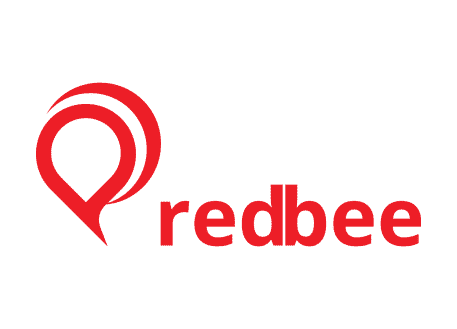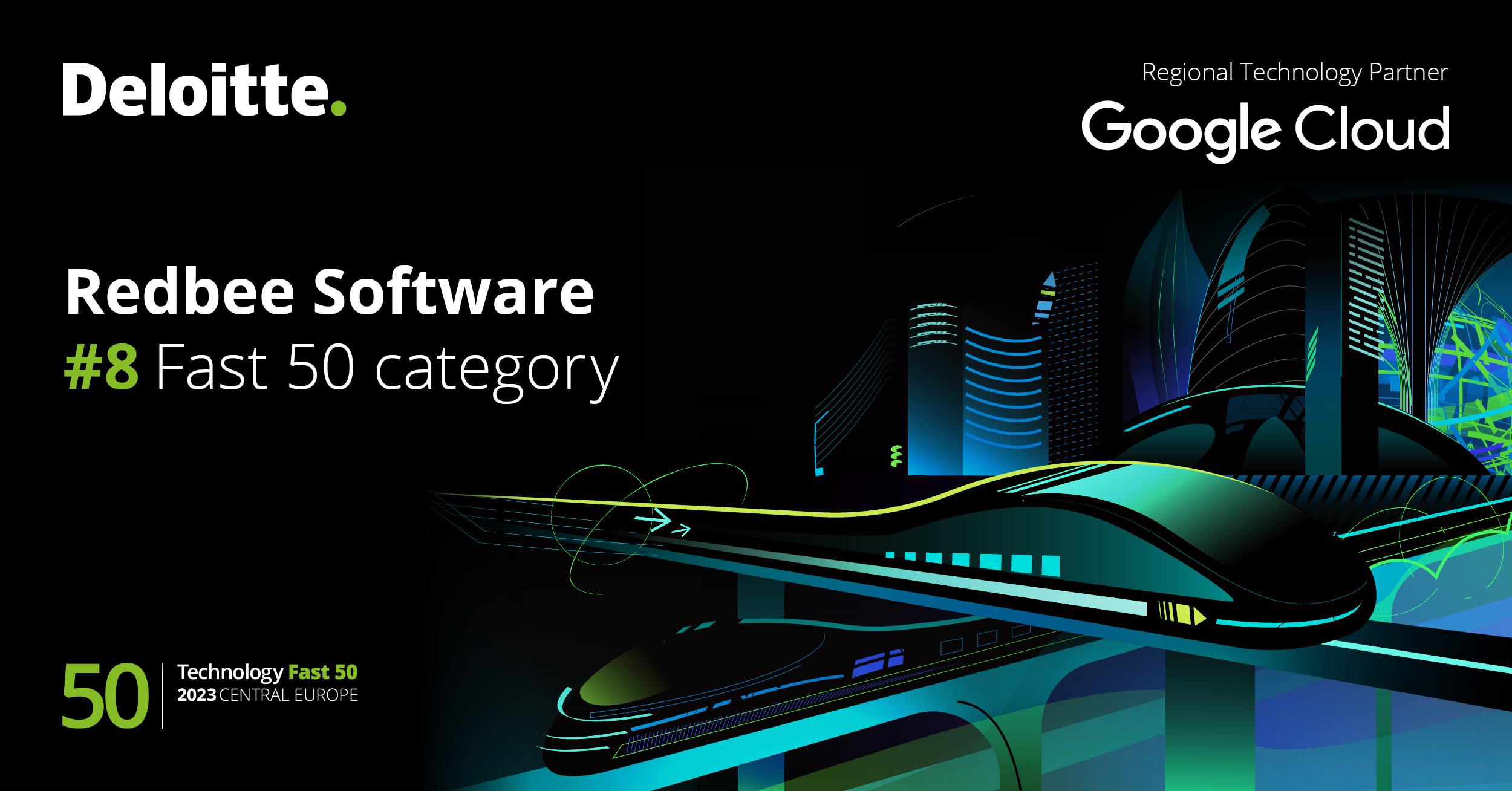Have you ever wondered why some mobile app products turn out to be more acknowledged than others once they are launched? Apart from good luck, a number of key techniques are essential to design tailor-made successful products, starting with product definition.
Product Definition it’s part of the initial stage of the development journey. If you are a Business, a Product Owner or a Developer, you might find this article helpful in clarifying the vision before actually developing a product.
10 essential questions
When developing a product, a wave of excitement arises. The thought of that final, perfect application makes you want to speed up the development process. Unfortunately, enthusiasm and passion are not enough for a successful launch with noticeable long-term results.
Before you start developing, you should first ask and answer a number of key questions. A clearer understanding of these next few topics is imperative for explaining your team how the product should be created.
1. What do you want your mobile app to perform?
2. Who are the end users of your product?
3. What problem does the product solve?
4. What benefits does it generate for its customers?
5. Which mobile app development language and framework is best to use?
6. Which feature will make it stand out from my competitors’ products?
7. Which features are key in the app?
8. What is your overall development budget?
9. What is your schedule for development? When will you launch the product?
10. How will you market your product?
You can answer these questions by yourself, with your software house or with your team, it’s up to your budget and time. Ask for feedback, share your ideas and be open to new ones, but don’t forget to write everything down. Every information is valuable and worth discussing with the team.
On the other hand, if you are uncertain about some data, don’t worry, in this article we’ve approached every step required in the initial development phase. Also, we added a few tools you might find helpful in clarifying your vision about your app.
Customer Persona
Personas have an immense influence on the product’s success. A persona is a depiction of the individual who best represents the primary end user of your product. Remember, don’t make the mistake of confusing the persona with the end user!

By definition, an end user is an individual (a real person!) who will use your product. To create an end user profile you must take into consideration characteristics like: gender, age, income, geographical location, motivations, feares, hobbies etc. More precisely, all attributes that offer valuable information about the customers.
Nota Bene: If your product is designed for a juvenile segment, you must also take into consideration the Decision-Making Unit, the individual who decides whether the end-user will receive the product or not.
Most software teams create multiple profiles and after a proper analysation select one to build a Persona. This way, analysing the target audience by reflecting on their behaviour, motivations and real expectations is key. You can start by asking the following questions:
- Who is the ideal end user?
- How is he intending to use the product?
- When will he use it?
- What barriers to adoption might arise?
- What will trigger a comeback for the user after he installed and accessed the app?
User personas
People, by nature, relate to others. A user persona is a tool that converts data into a realistic portraiture with needs, motivations and frustrations. This technique helps product teams recognise the expectations of the final user. The attributes of a user persona reflect the needs of a larger group.
By using mobile app customer personas, product teams can personalise each characteristic of a mobile product to specific user group’s needs and likings. If you want an application with increased chances of success on the market, everything from branding, in-app features and content functionality, needs to align with the target users.
Generally, a persona is a short page document that includes data about an individual’s needs, motivations, goals, behaviour etc, attributes selected to match your typical end-user. A user persona should be focused on the main aspects of the user’s life that impact the product’s design direction.
Product Canvas
Product Canvas is a strategic product planning tool that allows you to clarify the main picture regarding your product in a simple document sheet. This consist of the following parts:
Name – it states the name or version of the product.
Goal – it’s the product/release goal, more specifically, the objective that should be met (e.g. to attract and retain customers).
Metrics – are the measures to determine if the objective has been achieved. For instance, number of downloads or daily active sessions. This section should also include data about the size of the targeted market.
Target group – represents the target users and their needs. This section should be completed taking into consideration the data gathered at the customer’s persona.
Big picture – it outlines what it takes to meet the target group’s goals. More exactly, the user’s journey, product functionality, visual design and nonfunctional properties.
Product Details – it lays out a goal for the next iteration and specific actionable items required to accomplish the objective. So, depending on the goal, there are different techniques to outline the implementable items. For goals that require coding, ready stories are extremely useful. These are short, detailed descriptions that sustain the next cycle and help build the Minimum Viable Product.
Marketing and Monetisation
In addition to the current analysis, another important stage involves evaluating the potential revenue and how the product would produce earnings.
At this point you should also decide if mobile only, mobile first or mobile after. A mobile first approach implies that the mobile version will be designed first and then adapted to larger screens. This decision should be based on the nature of the product, your ideal customer persona and your budget.
Prioritization Chart
When it comes to project management time is crucial.
The Prioritisation Chart is a powerful tool that helps you manage your time tactically. It’s useful because you can prioritise which features are mandatory in creating your MVP (Minimum Viable Product), taking into consideration attributes like complexity and importance. There are multiple templates available depending on your project and management style. Here, you can see an example of the format we use at Redbee Software:

Effort – the total resources (material/time/labor) necessary to integrate a feature.
Impact – the value of the feature for the business and users.
Risk – the overall risk level of a feature or difficulty to implement.
In our company, during the Product Definition meetings, our teams together with the Product Owner outline the features that will become the core of the MVP. We manage that by classifying them into categories like: Must-have (include in the MVP), Nice-to-have, Can-be-done, Waste-of-time (don’t include in the MVP). Only the must-have features will be developed in the MVP and the rest will land in the product backlog to be implemented in the later stages of development.
Wrapping up
Product Definition is a defining stage in the initial development process. Once you collect valuable data you can start sketching & wireframing and UX/UI design, so that you gradually build the MVP.
All the information presented is written from our practical experience with our Partners. As we already mentioned, because every project is different there isn’t a unique approach to follow, but what you must remember is that research and analysis can make the difference between a successful app on the market and a forgotten one.



